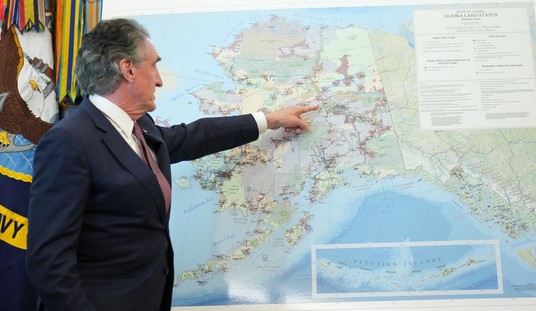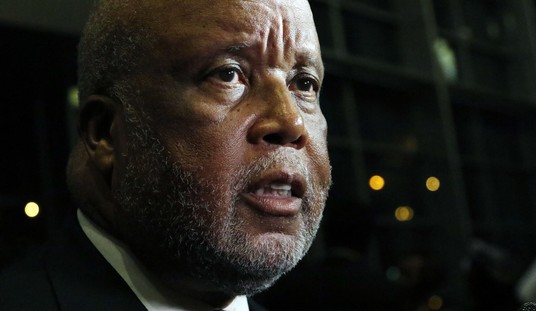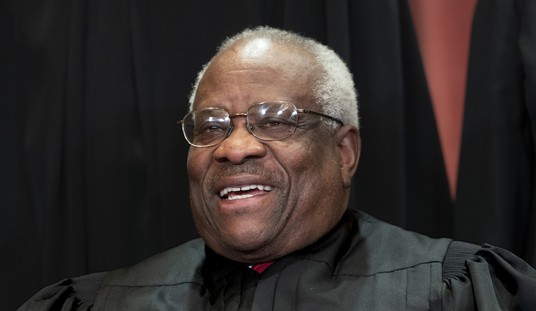What in the world does the frightening news about the Oroville Dam in California have to do with America’s electric grid? Answer: the Federal Energy Regulatory Commission (FERC).
The California state government is scrambling to address the failing dam after heavy rains have damaged the main concrete spillway and water is now pouring over the emergency spillway for the first time in history. The erosion of the natural barrier –? the last line of defense between Californians and the emergency spillway ?? has prompted the evacuation of some 185,000 residents. Some outlets are even reporting that the dam might very well break, a mini-doomsday scenario for those in the immediate vicinity of the deteriorating infrastructure.
This brewing catastrophe might have been avoided had FERC acted some years ago to upgrade the capabilities of the dam, according to early reports. A motion was filed with the federal government on Oct. 17, 2005, “urging federal officials to require that the dam’s emergency spillway be armored with concrete, rather than remain as an earthen hillside,” Mercury News writes. FERC officials, however, rejected the fix, arguing that the upgrades were “unnecessary” when compared to the costs; and they called “overblown” the scenario that enough water could accumulate to overwhelm the emergency spillway. FERC concluded the assessment with its age-old mantra that dam’s safety measures met “engineering guidelines.”
Recommended
These are the same phrases FERC uses to explain why they have not required greater protection of the electric grid. When industry leaders and FERC officials are faced with questions about the fragility of America’s grid system, the potential for damage to the grid from high impact threats and the possibility for prolonged blackouts, both groups routinely call the threats overblown, suggest that recommended upgrades are unnecessary and fall back on the mediocre conclusion that the grid “meets required guidelines.”
FERC is a U.S. federal agency that regulates the transmission and wholesale sale of electricity and natural gas in interstate commerce, and, among other things, sets reliability standards for the power grid. This organization is not to be confused with the private corporation called the North American Electric Reliability Corporation (NERC), which also regulates bulk transmission of electricity, while creating and regulating reliability standards.
But as Thomas Popik, Chairman of Foundation for Resilient Societies explains, the Energy Policy Act of 2005 created a “hybrid system” wherein NERC writes grid guidelines and FERC reviews and approves. And any FERC recommendations have to be approved by two-thirds of NERC’s members, and that includes private electric companies of all shapes and sizes. In other words, the industry can essentially set its own standards of reliability through a cost-benefit analysis, and then point to those guidelines as satisfactory for safety.
That arrangement can be a worthwhile mechanism for shielding private business from costly and unnecessary government regulation. It becomes a problem when an industry that oversees arguably the most vulnerable and most important infrastructure in America determines security measures based largely on its profit margins. Indeed, NERC and its members often fight what it calls “unfunded mandates,” government regulations that add unfunded costs to their bottom line. But it is also unacceptable that an industry can essentially set its own standards. Fire marshals can shut down the headquarters of an electric company if the building does not meet certain safety standards. Why then exactly is the grid, an infrastructure of far superior importance, able to largely avoid external oversight? This is the proverbial fox guarding the henhouse.
The incestuous FERC-NERC relationship has created a closed-system of decision making that involves the protection of America’s most vital asset. More worrisome is the fact that the use of identical phraseology to explain away threats to the dam more than a decade ago is used today to explain away threats to the grid. Americans are witnessing the consequences of this arrangement.
The failing of the Oroville Dam in California is teaching us that critical infrastructure needs rigorous protection. Rahm Emanuel reminded us to never let a serious crisis go to waste. But his intent was to empower big government.
In a free-market economy, those standards can be achieved without government interference. It requires electric companies to agree that better protection is necessary; consumers who demand higher standards; and security specialists who can field a cost-effective product that is attractive to utilities in both price and capability. One begets the other. And Oroville shows us that it’s time to harden the dam grid.

























Join the conversation as a VIP Member